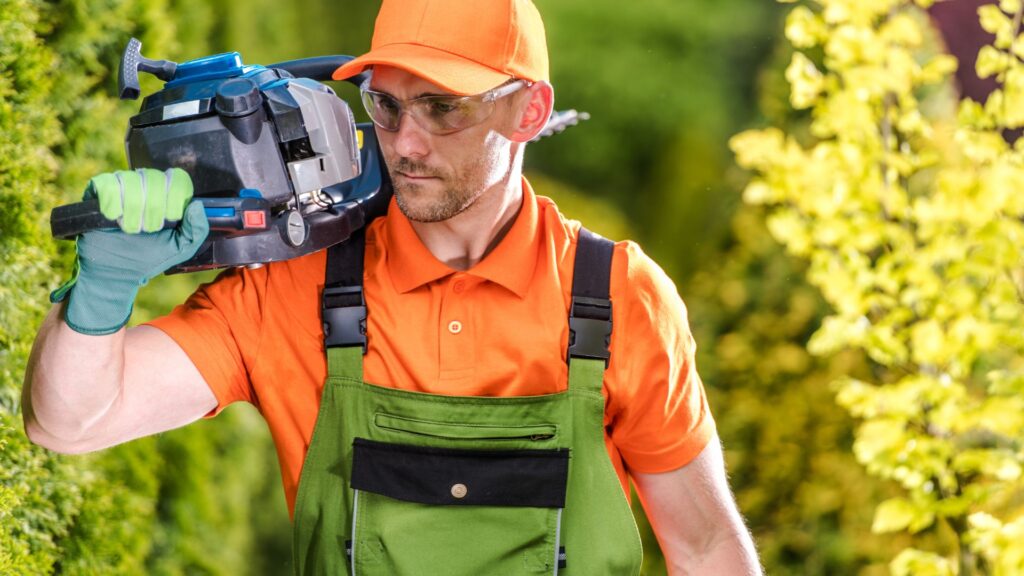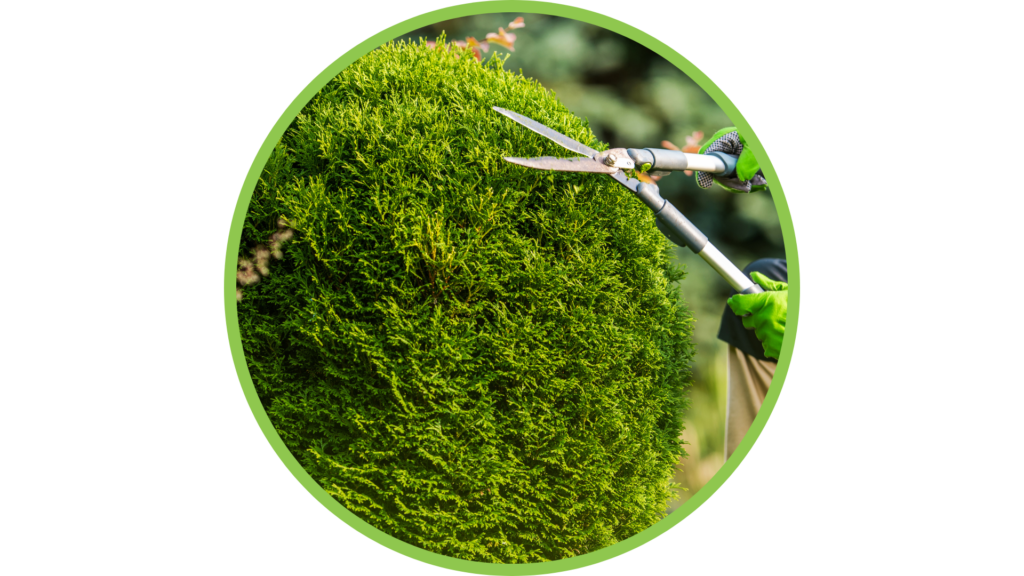Tree trimming plays a vital role when it comes to maintaining a thriving and visually appealing landscape. Not only does it enhance the aesthetics of your surroundings, but it also ensures the health and safety of your trees. In this blog, we will explore the importance of identifying trees that require trimming and the benefits that come with it.
What is Tree Trimming?
Tree trimming, also known as pruning, removes specific branches or limbs from a tree. There are several reasons why trees require trimming. Firstly, it serves aesthetic purposes by shaping the tree and maintaining a desirable appearance. Secondly, tree trimming addresses health and safety concerns by eliminating hazardous branches or limbs. Moreover, it encourages proper growth and structure, allowing the tree to develop a strong and balanced form. Lastly, it promotes sunlight penetration, ensuring that all tree parts receive adequate light for photosynthesis.


Signs That Indicate the Need for Tree Trimming
There are several signs that indicate the need for tree trimming. Regular tree trimming is essential for maintaining your trees’ health, appearance, and safety. Here are some common signs that it’s time to trim your trees:
- Overgrown or touching branches: If the branches of a tree are growing excessively and tangling with other branches, it’s a sign that they need to be trimmed. Overlapping branches can cause damage or create weak spots that may lead to breakage during storms or high winds.
- Dead or decaying branches can pose a significant risk as they are more susceptible to falling, especially during storms. If you notice branches with no leaves or signs of life or decaying and brittle, they should be removed through pruning.
- Low-hanging branches: If the lower branches of a tree are obstructing walkways, driveways, or interfering with structures, they should be trimmed. Low-hanging branches can impede pedestrian or vehicle movement and create safety hazards.
- Excessive foliage or dense canopy: When a tree’s canopy becomes too dense, it can restrict airflow and sunlight penetration to the inner branches. Trimming some excess foliage helps improve air circulation, reduce disease risks, and promote overall tree health.
- Crossing or rubbing branches: When tree branches start rubbing against each other, they can damage bark and create entry points for pests and diseases. Trimming the crossing or rubbing branches will prevent further damage and maintain the tree’s structural integrity.
- Diseased or infested branches: If you notice signs of disease or insect infestation on specific branches, such as discoloration, lesions, or pests, it’s important to trim those branches promptly. Removing affected branches can help prevent the spread of diseases and save the tree’s overall health.
- Hazardous or leaning branches: Any branches leaning towards utility lines or structures or threatening people or property should be addressed immediately. Trimming these hazardous branches will reduce the risk of accidents, property damage, or power outages.
Conducting Visual Inspections
Regular visual inspections are crucial in identifying trees that need trimming. Take the time to observe the tree’s overall structure and health. Carefully examine the branches, limbs, and foliage for any signs of damage or stress. Look for cracks, splits, or wounds that may weaken the tree’s integrity. Notice any dead or decaying branches that need removal. It is also essential to assess the potential risks and hazards associated with the tree, such as proximity to buildings, power lines, or other structures.
Seeking Professional Advice
While you can identify some trimming needs independently, consulting certified arborists for professional advice is highly recommended. Arborists are experts in tree care and can provide valuable insights into the specific needs of your trees. They can assess the overall health of your trees, identify potential issues that may require trimming, and offer guidance on proper tree care practices. Find reputable tree care companies or experts with experience and certifications when seeking professional advice.
Safety Precautions and Tree Trimming Techniques
Tree trimming involves certain risks, and it is crucial to prioritize safety. Always use the appropriate safety equipment and tools when undertaking any trimming activities. Familiarize yourself with proper pruning methods and the best timing for specific tree species. Consider the potential risks and take necessary precautions to avoid accidents. Additionally, tree size and location should be considered when planning trimming procedures.
Identifying trees that require trimming is crucial in maintaining healthy and safe landscapes. By recognizing the signs and understanding the characteristics of different tree species, you can take proactive steps to ensure the well-being of your trees. Remember to conduct regular visual inspections, seek professional advice, and prioritize safety during trimming activities. By doing so, with the help of Fort Myers Tree Service Pros, you will not only enhance the aesthetics of your surroundings but also contribute to the long-term health and vitality of your trees. Take charge of your tree care and enjoy a thriving and beautiful landscape for years.
